

Xrh nhà máy bán buôn cao TOP cổ điển tất cả các trống vải giản dị Sneaker tùy chỉnh phụ nữ vải trắng giày hợp thời trang


Giày Thể Thao Cho Nam Chạy Bộ Hiệu KINGAAA Chính Hãng Cũ Nhập Khẩu Giày Bóng Rổ Bale Số Lượng Lớn Gắn Trong Kiện






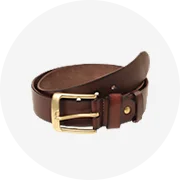

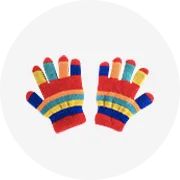
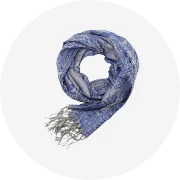
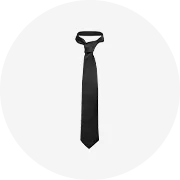
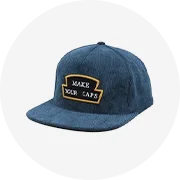
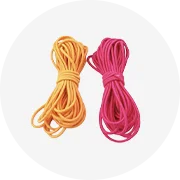

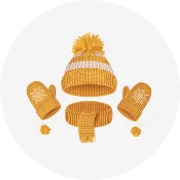
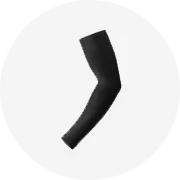

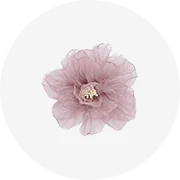


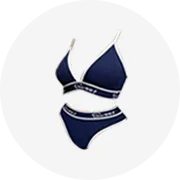
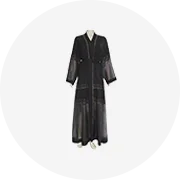
Tìm sự độc đáo. giày tiết kiệm ở tình trạng tuyệt vời chỉ có trên Alibaba.com .. giày tiết kiệm là một cách bỏ túi để mở rộng tủ quần áo của bạn để bạn không bao giờ phải xem lại và cũng rất tốt cho môi trường vì chúng giảm thiểu chất thải .. giày tiết kiệm đang nhanh chóng trở nên phổ biến như một lựa chọn hợp thời trang và có ý thức xã hội.
Chọn từ nhiều loại. giày tiết kiệm được bán trên Alibaba.com, để tìm những sản phẩm phù hợp nhất. Được cung cấp bởi những người bán đáng tin cậy, hãy yên tâm rằng các mặt hàng sẽ đáp ứng các tiêu chuẩn của bạn và khiến bạn muốn mua thêm. Với giá rẻ như vậy, mua những thứ này là một món hời hoàn hảo.